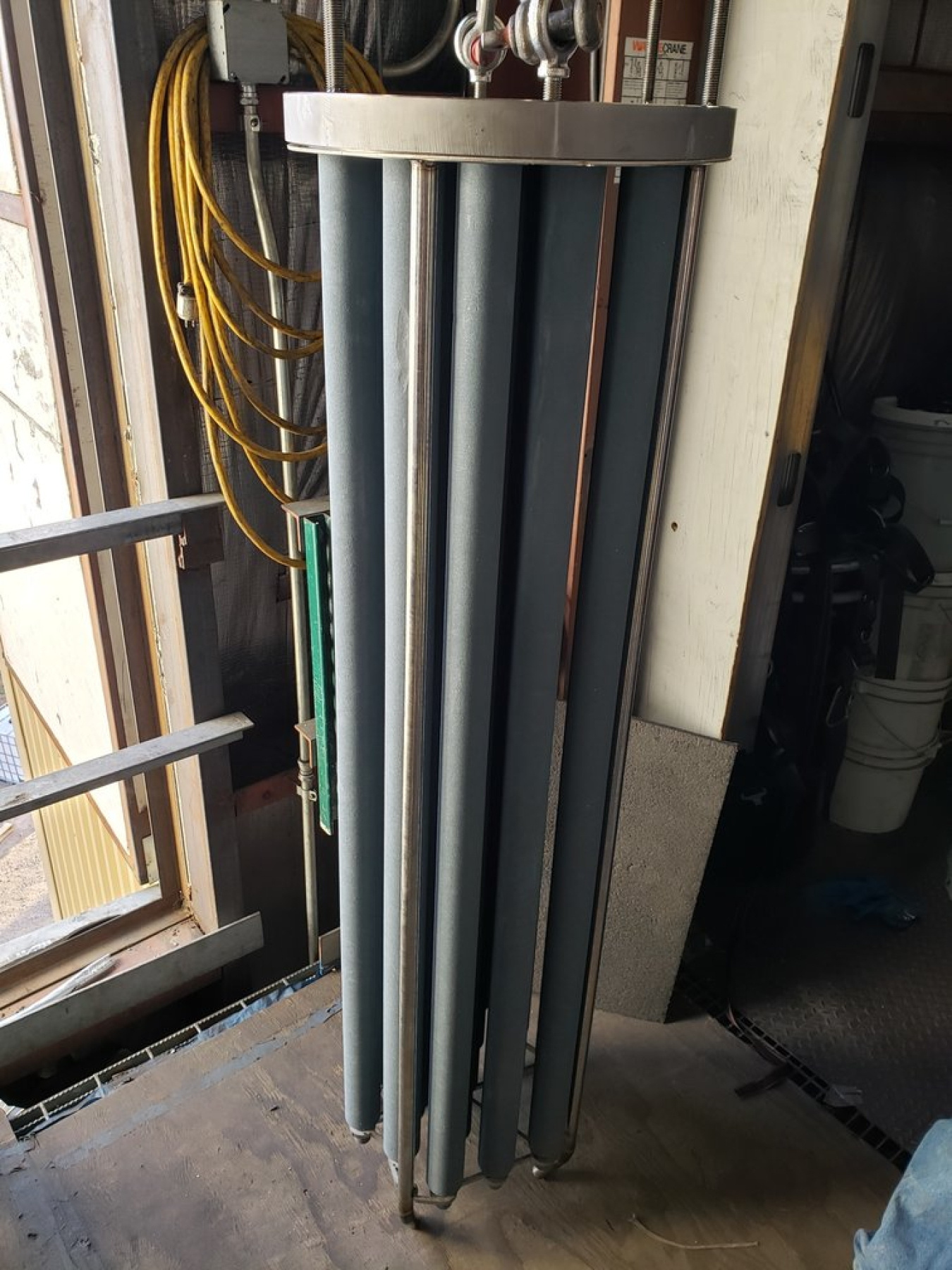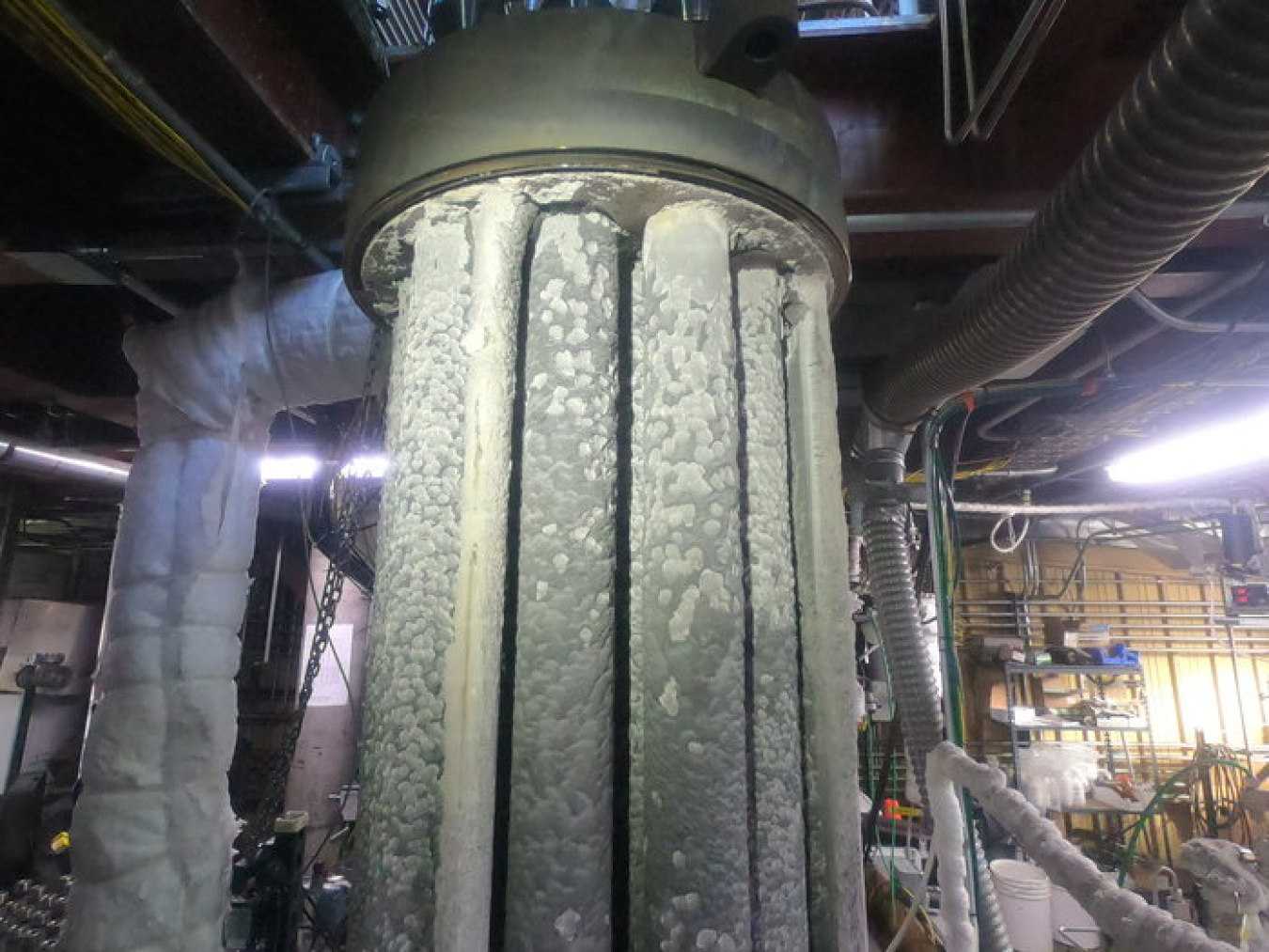New filters proposed for a key waste treatment facility at the Idaho National Laboratory site underwent extensive testing recently.
Office of Environmental Management
March 10, 2020

IDAHO FALLS, Idaho – New filters proposed for a key waste treatment facility at the Idaho National Laboratory site underwent extensive testing recently and will be installed at the facility in the coming months, an important step towards beginning operations later this year.
Hazen Research, an industrial laboratory in Golden, Colorado completed a 1,262-hour demonstration to test the effectiveness of ceramic filters at removing fine solids at a pilot plant that was designed to replicate the steam-reforming processes planned for use at the Integrated Waste Treatment Unit (IWTU).
“The ceramic filters showed real promise when we were analyzing a host of filter media,” said Fluor Idaho Chief Engineer Joe Giebel. “The long-term demonstration of ceramic filters at Hazen have proven that the media can perform effectively at the high temperatures that are present in the process gas filters at the IWTU.”
Hazen used the same waste simulant that the IWTU has used in six prior demonstration runs where more than 225,000 gallons were converted to a granular solid. The previous filters used at IWTU were constructed of a metal matrix that became plugged during several of the previous demonstration runs, reducing filter efficiency.
Ceramic filters are used throughout industry due to their ability to withstand high heat and corrosive environments. Once the ceramic filters are installed at IWTU, the facility will prepare for a confirmatory run that will test them for a number of weeks.
Construction of the IWTU was completed in 2012. Several equipment and chemistry issues have kept the facility from beginning treatment of 900,00 gallons of liquid radioactive waste from three underground storage tanks at the Idaho Nuclear Technology and Engineering Center. The waste was generated during later phases of spent nuclear fuel reprocessing, which ended at INTEC in 1992.
Engineers from DOE contractor Fluor Idaho and other fluidized bed technology experts have resolved all prior equipment and chemistry challenges at the IWTU. Once the facility completes a confirmatory run using the ceramic filters, engineers and operators will prepare IWTU for actual liquid waste treatment expected late this year.

